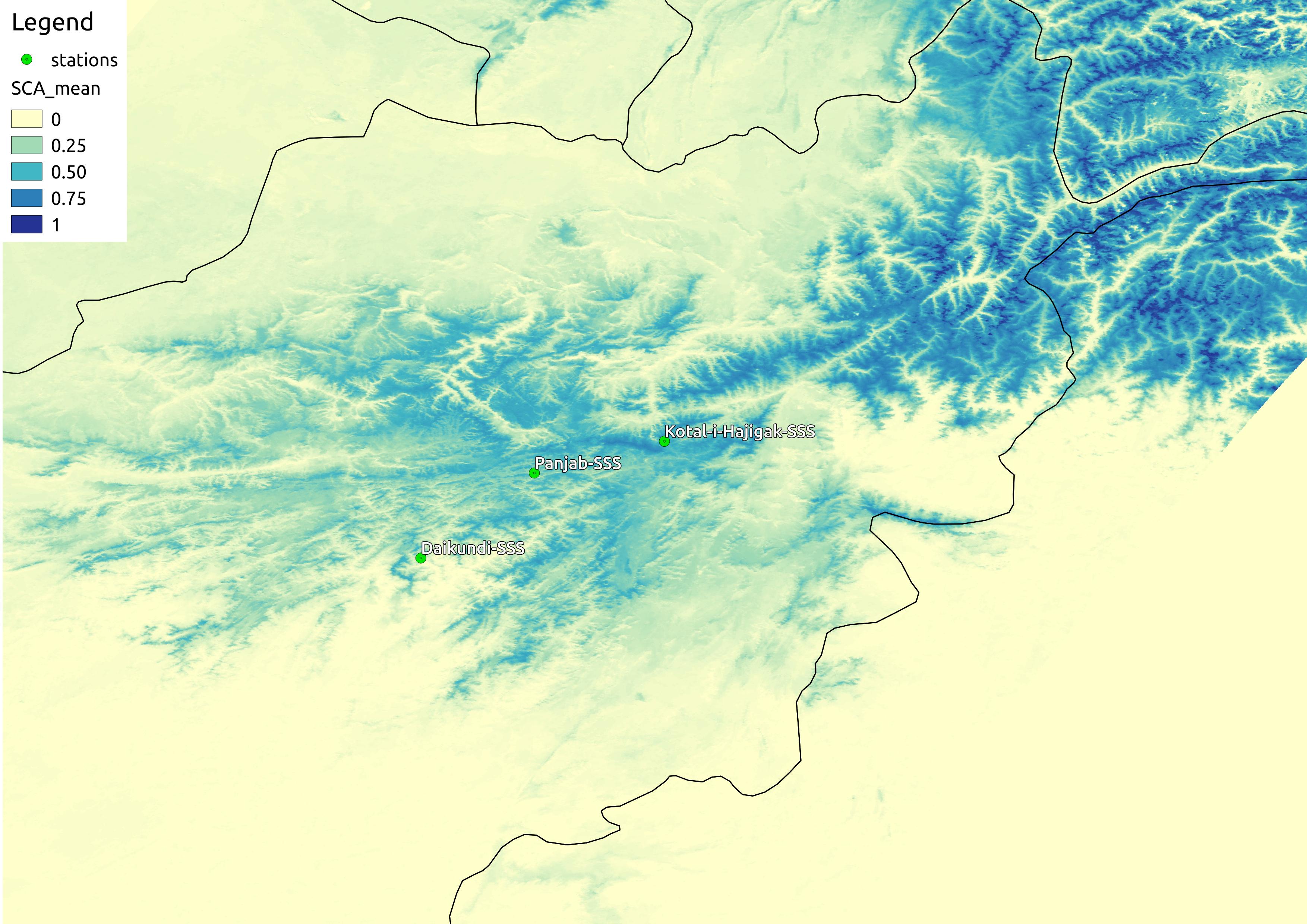SUMMARY
Afghanistan is significantly vulnerable to mountain based natural hazards of multiple forms. Landslides, avalanches, floods and drought all generate large costs in lives and infrastructure annually (UNEP 2011). In particular, high dependency on seasonal snow-melt ties available water resources intimately to variation in the accumulated winter snow-pack (Vuyovich and Jacob 2011). Monitoring and forecasting key variables of the hydrological cycle, particularly in its phase in the cryosphere is therefore of great importance to livelihoods and infrastructure both in mountain regions and downstream communities (Beekma and Fiddes 2011).
OBJECTIVES
- Provide basic training on data management, field monitoring and modelling methods to two young Afghan scientists from Kabul University.
- Initiate a collaborative scoping study led by young scientists to catalogue and quality check available data from hydro-meteorological networks as well as relevant global sources.
- Conduct a pilot modelling study demonstrating a proof-of-concept of how existing data resources can be used together with state of the art modelling techniques to quantify key environmental parameters. We will use the seasonal snow-pack as an example that is significant as both a crucial water resource and natural hazard (novel results to be published).
- Develop a proposal for internal UNEP fund to up-scale this work in line with ongoing regionalprogrammes. Key focus will be capacity building and establishment of long-term monitoring sites to generate unique datasets with which to increase knowledge of the hydrology of the Hindu Kush.


